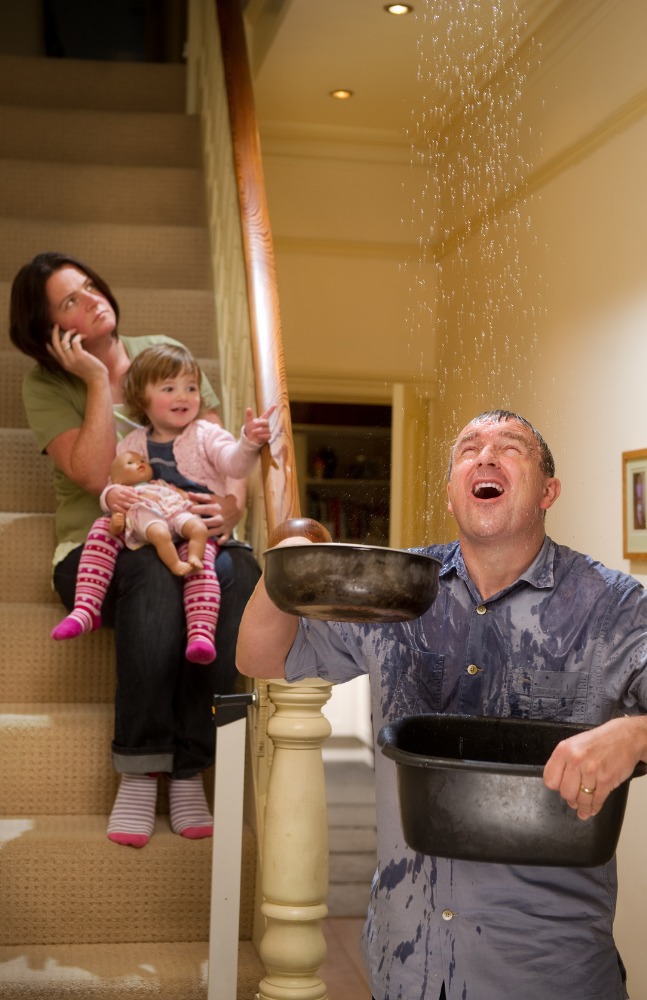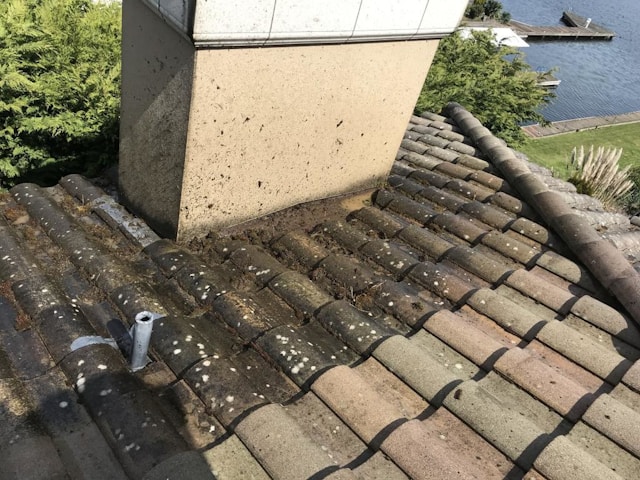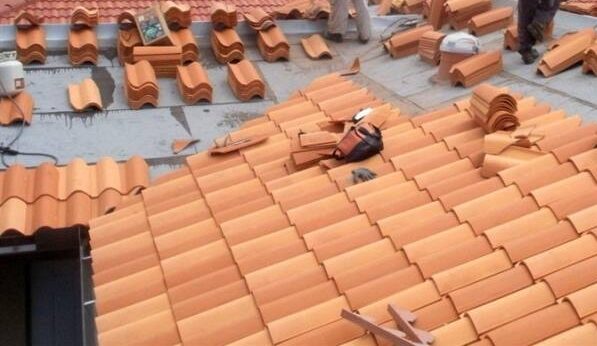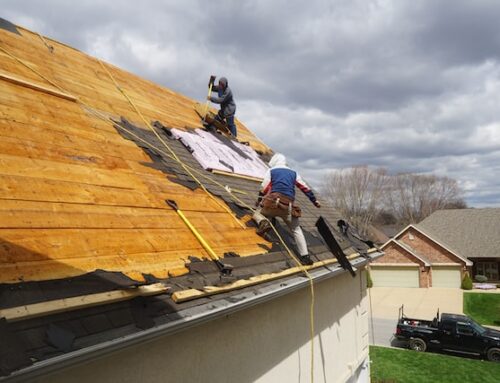Cement and clay tile roofs offer unbeatable longevity when it comes to roofing options. However, just because these tiles last from 40 to 100 years doesn’t mean the roof lasts that long. Well before that time, the underlayment and batten deteriorate. This requires tile roof repairs before the full life of the tile.
So, how do you know if your tile roof needs repairs? Check for these clear signs.
Visual Signs of Damage
Use your eyes and a ladder or drone to check for obvious, visual signs of damage. This includes:
- Cracked, broken, or missing tiles. These tiles leave the underlayment and decking exposed to the elements.
- Tiles that have slipped out of place. Roof tiles slip for many reasons, including wind, poor installation, or failing fasteners.
- Warped tiles: Yes, even clay tiles warp. Warped tiles like cracked tiles compromise the watertightness of the underlayment.
- Discoloration or moss, or algae growth. Moss and algae only grow when moisture is present. Discoloration from growth indicates moisture retention. Maybe the roof is constantly in the shade (doubtful in Orange County), but more likely, moisture damaged the underlayment.
If a visual inspection turns up any of these signs of damage, get a roof inspection to identify the extent of the tile roof repairs necessary.

Think they need tile roof repairs?
Signs of Water Intrusion
Sometimes the signs you need roof repairs show up inside. These not-so-subtle hints indicate water intrusion. Some signs of the outside coming inside include:
- Water stains on ceilings or walls. These common indicators of underlayment failure appear after rain.
- Dripping during or after a storm indicates your flashing needs repair or roof tiles have cracks.
- Mildew or mold inside the attic. As with mold on the roof, mold in the attic suggests moisture problems. If you find mildew or mold in the attic, find where moisture breaches the roofing layers.
Get a roof inspection from a reliable roofer like Crank Waterproofing, Decking, and Roofing right away if you find signs of water intrusion inside.
Other Clues
To the trained eye, the need for roof repairs reveals itself as sections of the roof that seem to sag. This indicates long-term water damage or wood rot beneath tiles. A sagging roof requires extensive repairs.
On the other hand, leaking around chimneys, skylights, and vents results from rusty or corroded flashing. The roof tiles might not be the culprit. Repairs to the flashing fix the leak and no roof tiles may be involved.

Crank doesn’t employ cats for inspections
Inspection for Tile Roof Repairs
Buying a home usually involves a full inspection of the home. This includes a roof inspection.
After you own a home, schedule a professional roof inspection when:
- You hear tiles rattling in the wind.
- After a strong windstorm, hailstorm, or high winds.
- You discover granule buildup in the gutters. This is especially true for concrete tile roofs.
In addition, get a roof inspection when the roof reaches 15 years of age. Even though tiles last longer, the underlayment may be approaching the end of its usable life.
Finally, if you’re preparing to sell your home, avoid surprises during the buyer’s inspection by having the roof inspected before you place the home on the market.
Professional Tile Roof Repairs
Crank Waterproofing, Decking, and Roofing offers professional roof inspections that include:
- Condition of the underlayment and batten system
- Integrity of flashing and seals
- Signs of water intrusion in the attic
- Proper tile overlap and fastening
If the roof needs repairs, trust Crank. Orange County relies on Crank Waterproofing to keep roofs watertight and ensure repairs are done right.










